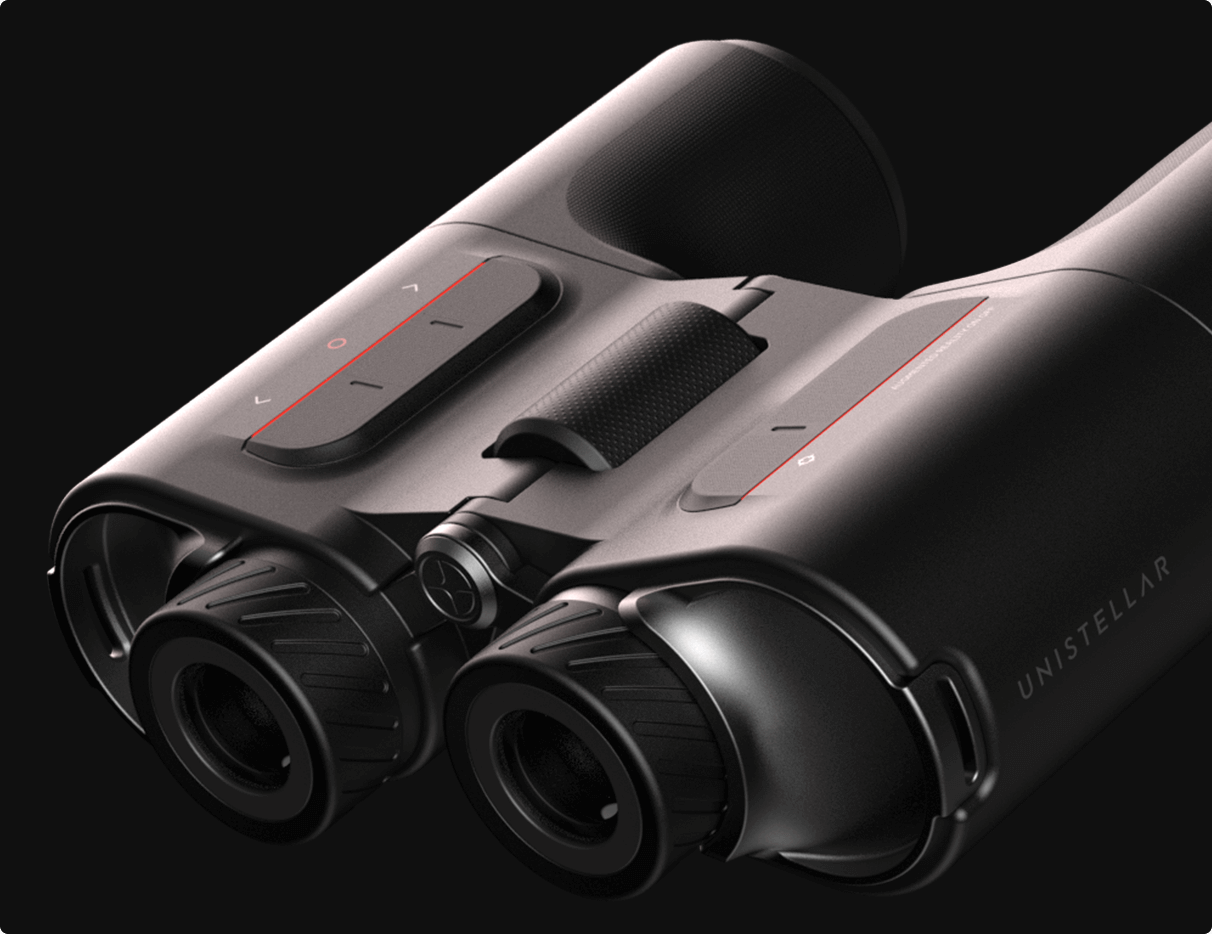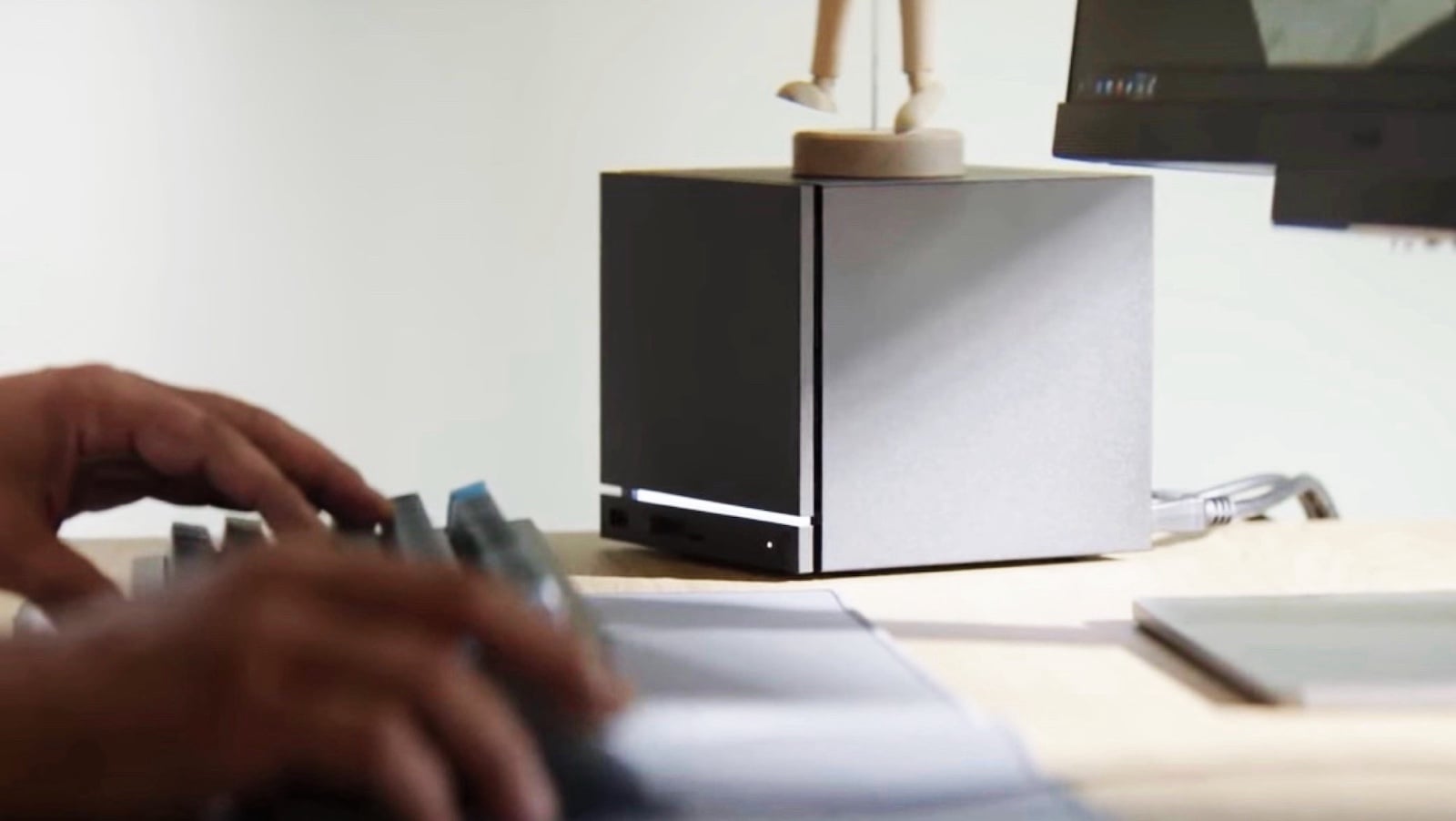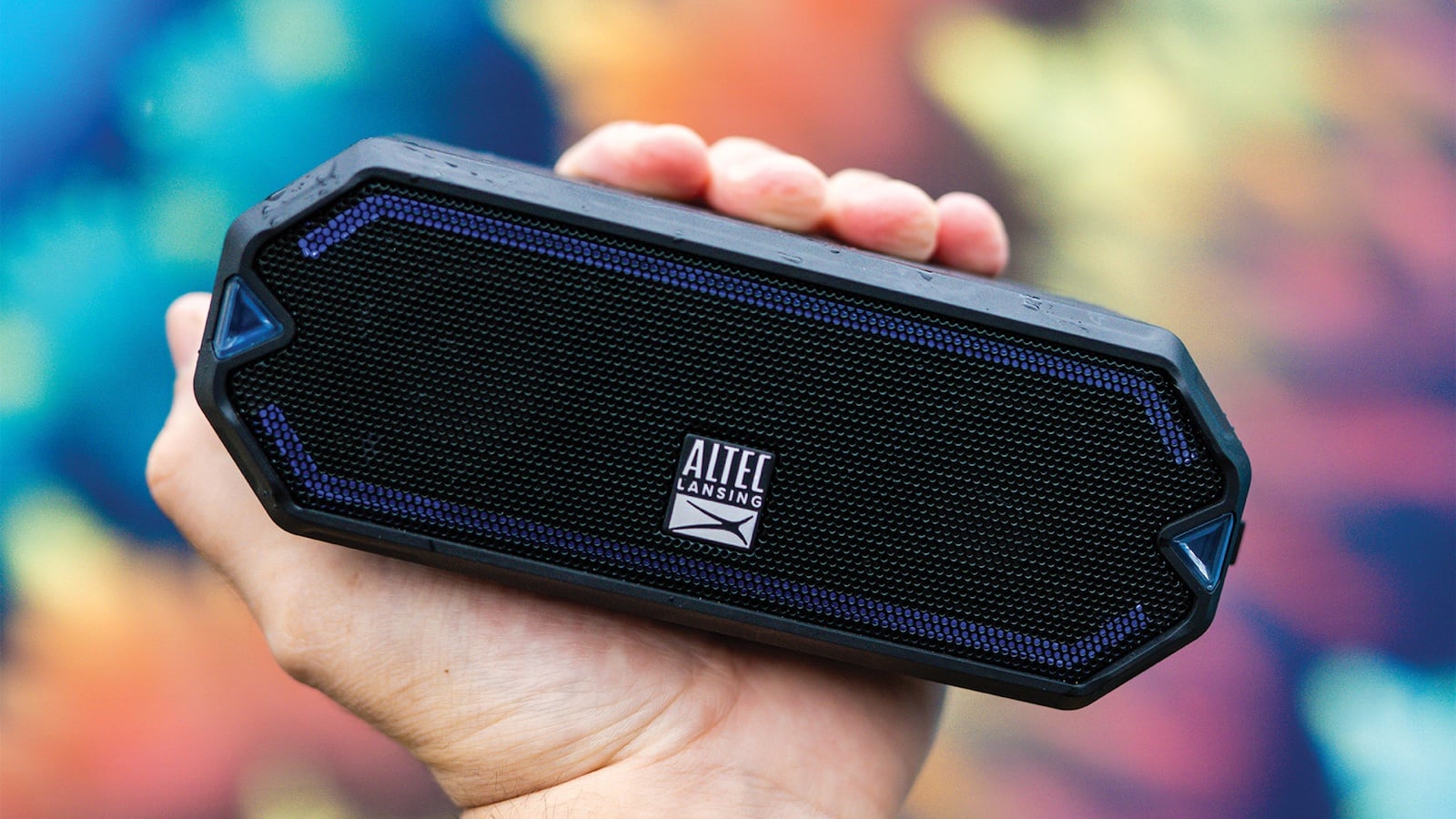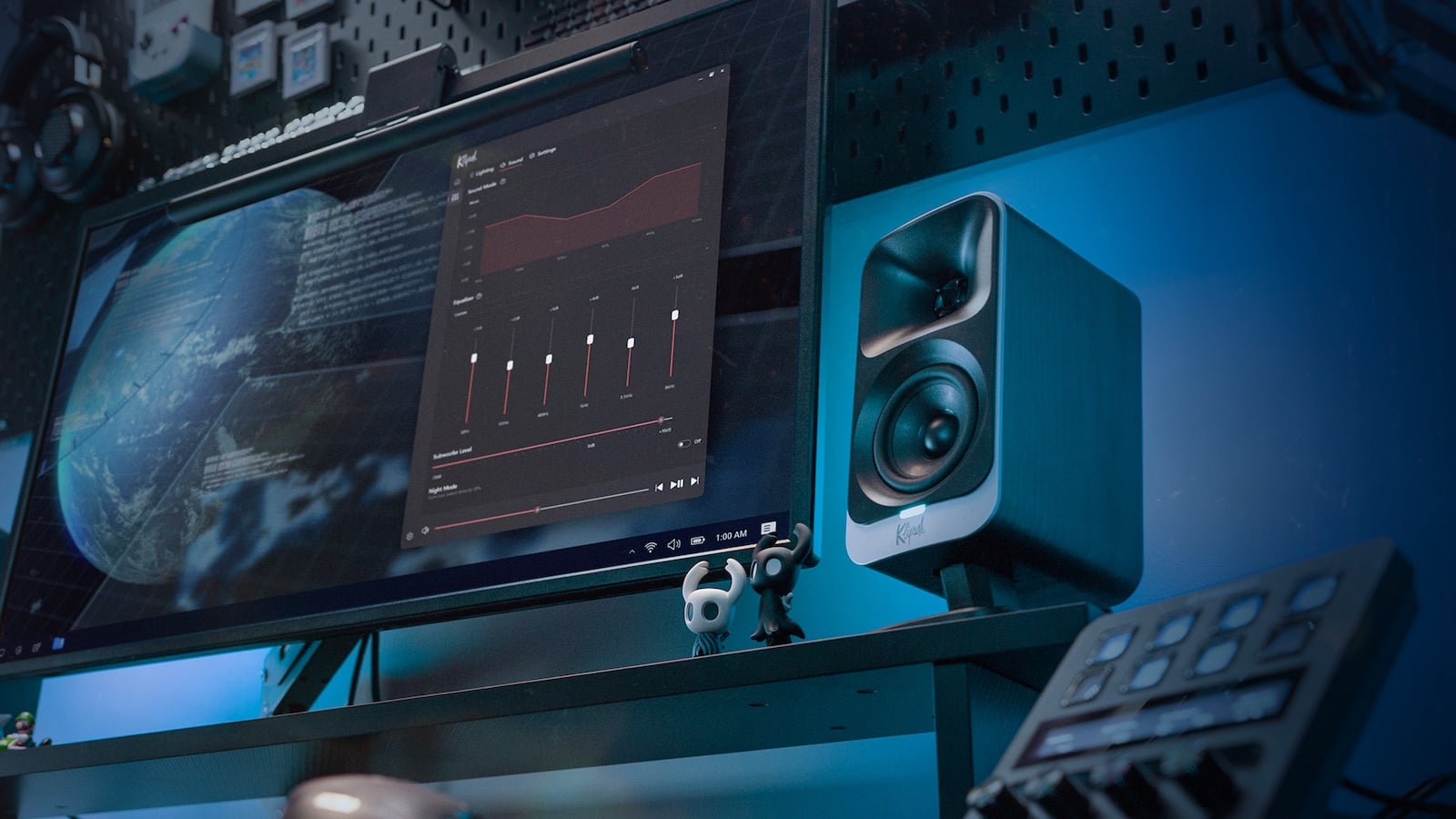Unistellar ENVISION Smart Binoculars
The Unistellar ENVISION Smart Binoculars combine high-quality optical design with augmented reality overlays to create an intuitive, guided viewing experience for both astronomy and daytime exploration. The device aims to make target acquisition and identification simple for beginners while offering enhanced contextual data for experienced observers. Its core concept is to bring digital assistance directly into the eyepiece without replacing the tactile satisfaction of traditional optics.
ENVISION’s augmented reality system projects labels, trajectories, and contextual highlights into the user’s field of view, making it easy to identify stars, planets, constellations, landmarks, and points of interest. The overlays adapt to the viewer’s orientation and zoom level so information appears relevant and unobtrusive. This real-time identification reduces the learning curve for new users and speeds up target confirmation for veterans.
Optical performance is rooted in quality glass, multi-coatings, and a design optimized for bright, contrast-rich images both at night and during the day. The binocular form factor provides a natural, comfortable way to observe, with attention to eye relief and interpupillary adjustment for extended sessions. Image clarity and color fidelity are prioritized to ensure AR labels complement rather than obscure the natural scene.
The binoculars pair with a companion app that handles device setup, software updates, and mission planning, while the core AR and stabilization run on the binoculars themselves. The app can save observation logs, sync targets, and provide curated guides for seasonal viewing or regional highlights. Connectivity is designed to be seamless, allowing users to focus on the view rather than technical configuration.
ENVISION includes automated alignment routines that use onboard sensors to register the instrument to the sky or landscape quickly and accurately. These routines minimize manual calibration, letting users start observing in minutes instead of wrestling with star charts or compass bearings. The alignment preserves accuracy across multiple sessions and locations, streamlining repeat observations.
For astronomical use, software-assisted enhancements such as dynamic contrast adjustment and multi-frame stacking help reveal fainter stars and subtle details without exposing the user to long photographic workflows. The binoculars do not replace dedicated astrophotography gear but offer a meaningful boost to visual detection limits. This approach helps casual observers and educators show more of the night sky in real time.
Daytime modes include guided navigation overlays, distance estimates to visible landmarks, and wildlife spotting assistance that highlights likely points of interest. These features make the binoculars useful for hikers, birders, and landscape enthusiasts who want real-time contextual cues. The device is positioned as a hybrid tool for a broad range of outdoor activities.
Ergonomics and build quality were considered to support handheld use over extended periods, with balanced weight distribution and a comfortable central focus mechanism. Controls are simplified so common adjustments can be made without removing the binoculars from the eyes. Durability and weather resistance are designed to withstand field conditions typical for outdoor observation.
Power management balances the demands of augmented reality processing with the need for practical field endurance, offering multi-hour operation under moderate use. The unit supports energy-saving modes that reduce display overlays or dim electronics to extend runtime when necessary. Charging solutions focus on portability, with the option for external battery packs for prolonged outings.
Unistellar emphasizes shared observing experiences by allowing users to save annotated targets and share them with a community through the companion app. Saved observations can include notes, target coordinates, and recommended viewing parameters. This social layer supports clubs, educational programs, and casual groups who want to collaborate on observations.
The user interface inside the eyepiece is designed to be minimal and context-aware, surfacing only the most relevant information and prioritizing unobstructed viewing. Customization options let users choose which overlays they want active, such as labels, guiding arrows, or distance markers. These controls let experts tailor the device to their observing style while keeping it approachable for newcomers.
ENVISION’s value proposition centers on lowering the barrier to meaningful observation by blending guidance with strong optical fundamentals, so users spend more time seeing and less time learning technical setup. The product targets people who want immediate engagement with the sky or landscape without sacrificing image quality. It also appeals to educators and outreach programs seeking accessible tools to inspire curiosity.
Software updates and content expansions are integral to the platform, enabling new modes, expanded catalogs, and improved detection algorithms over time. The binoculars are positioned as an evolving product that can gain features and refinements post-purchase. This software-forward model keeps the user experience fresh and responsive to community feedback.
Overall, the Unistellar ENVISION Smart Binoculars present a modern interpretation of binoculars that leverages augmented reality to enhance natural observation, bridge the gap between novice and expert, and create shared, educative experiences in both night sky and terrestrial contexts. The design philosophy stresses clarity, simplicity, and the complementary relationship between optics and software to open observation to a wider audience.




